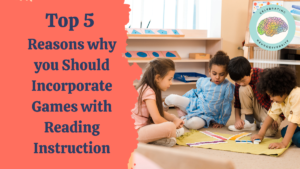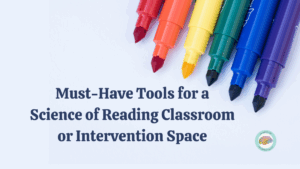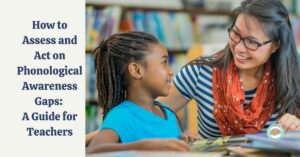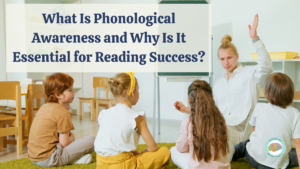What if I told you, in your class of 25, you would have five students with dyslexia? Well, it is estimated that up to 20 percent of the population has some degree of dyslexia. This means each year you will have students with dyslexia. Dyslexia can range from mild to severe and difficulties can look very different from person to person. I’m sure you have experienced students who struggled with literacy and probably didn’t even know the underlying cause.
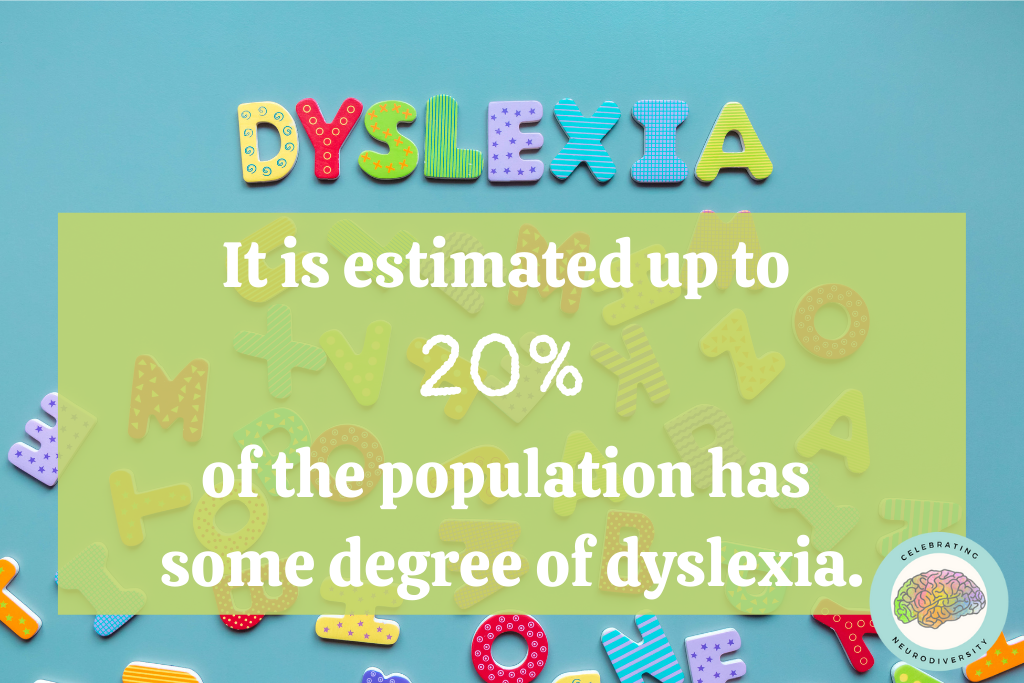
What is Dyslexia?
According to the International Dyslexia Association, “Dyslexia is a specific learning disability that is neurobiological in origin. It is characterized by difficulties with accurate and/or fluent word recognition and by poor spelling and decoding abilities. These difficulties typically result from a deficit in the phonological component of language that is often unexpected in relation to other cognitive abilities and the provision of effective classroom instruction. Secondary consequences may include problems in reading comprehension and reduced reading experience that can impede growth of vocabulary and background knowledge.”
Who has Dyslexia?
- Dyslexia can occur in people of all backgrounds
- Boys and girls are affected equally
- Even with difficulties in reading, the persons overall intelligence is average or above
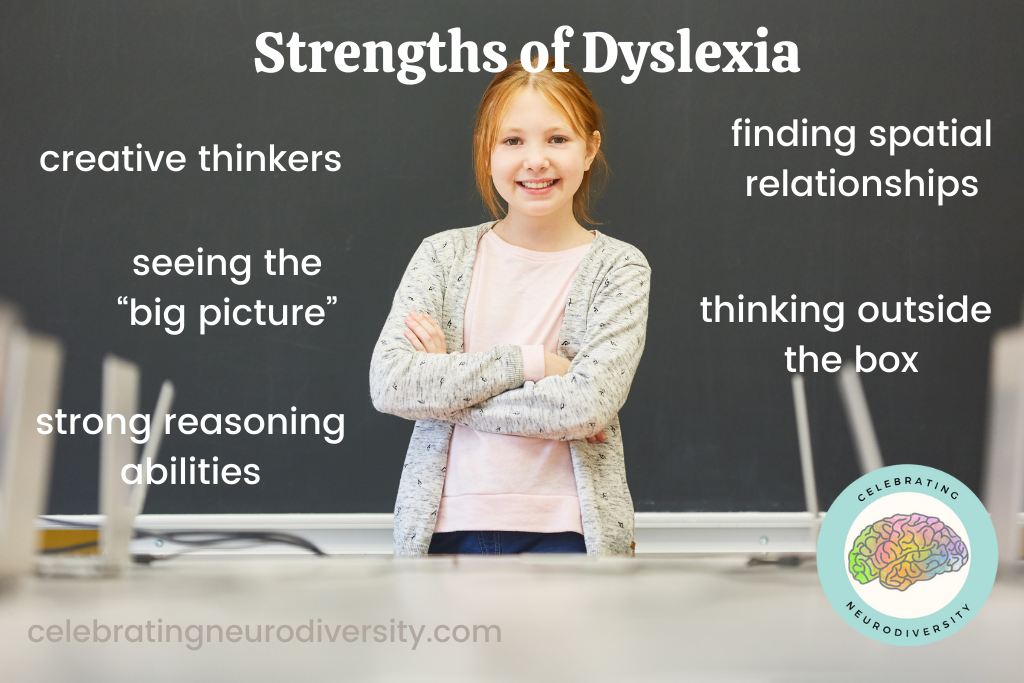
What are some strengths?
Oftentimes we get stuck on the struggles of dyslexia and while these struggles can be significant, the brain is complex. Dyslexia is neurobiological, so the brain has trouble processing letters and sounds, making it hard to read and spell. However, this same brain also has advantages above neurotypical brains. This list is not all-inclusive and each person with dyslexia has different strengths. As teachers, we can use these strengths to the student’s advantage to learn and be successful.
- creative thinkers
- strong reasoning abilities (reasoning skills)
- adept at connecting ideas
- thinking outside the box
- seeing the “big picture”
- finding spatial relationships
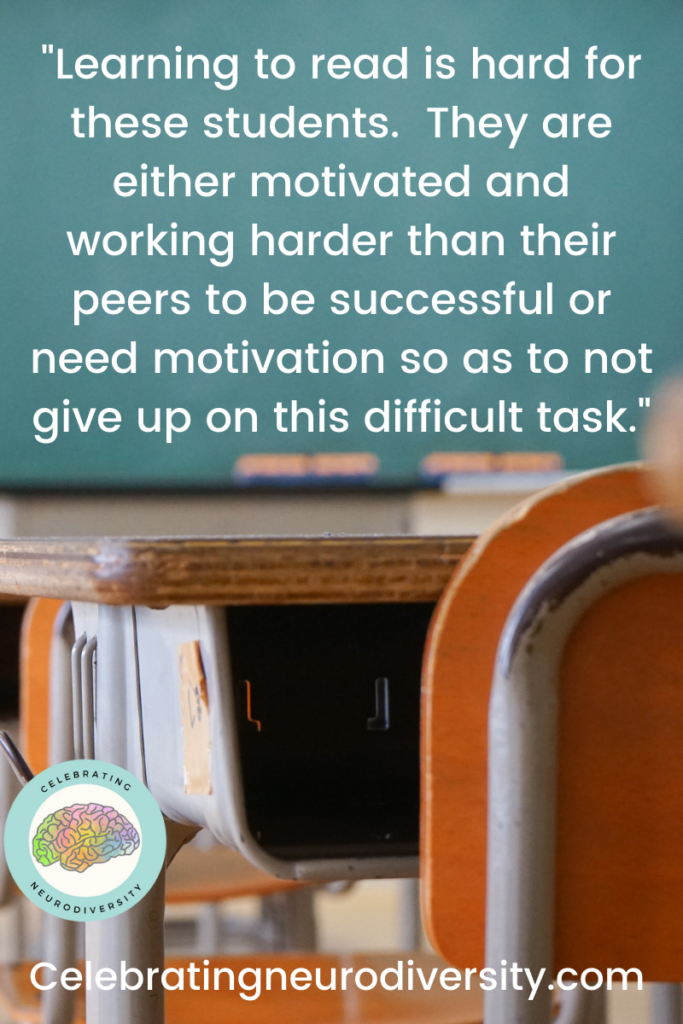
How can you Help?
- Repeat directions and break them down into smaller steps
- Use visuals and provide examples
- Allow extra time- to process information and read on assignments and test
- Read tests aloud
- Do not require the student to read in front of the class
- Students will learn best from systematic, explicit instruction in reading, writing, and language
- Provide notes so the student can listen to lessons (copying and notetaking can be very difficult while trying to listen to the teacher.)
- Give alternatives to demonstrate learning, not just assessments and written responses
- Provide assistive technology
- Audio books provide so many benefits. Check out my post- I Love Audiobooks for Kids to learn more
- Speech to text
- Encourage- Learning to read is hard for these students. They are either motivated and working harder than their peers to be successful or need motivation so as to not give up on this difficult task.
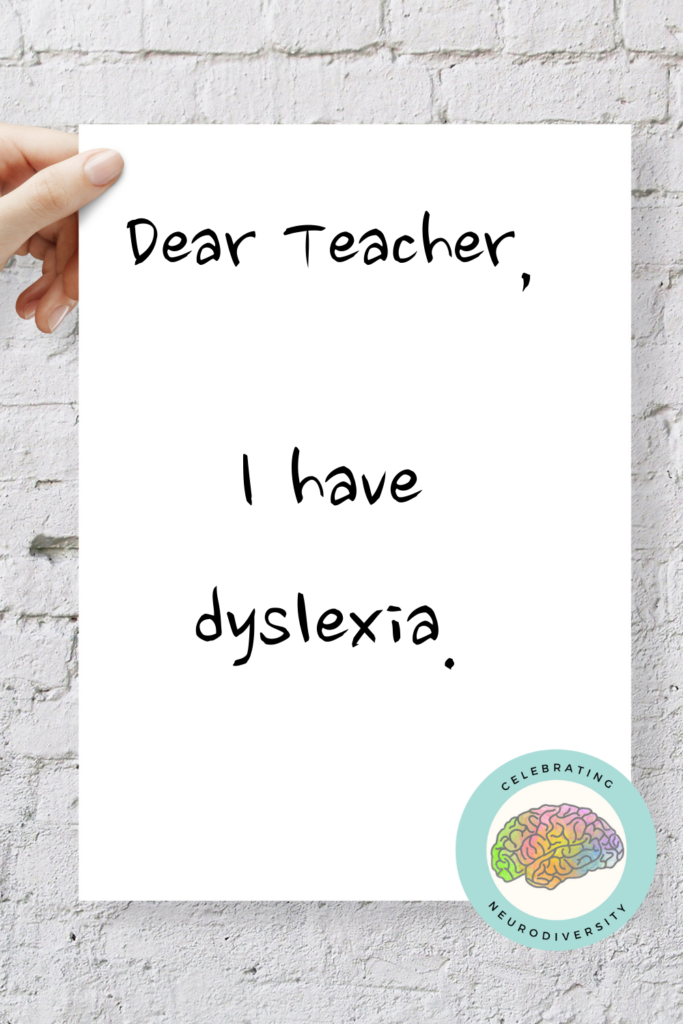
Dear Teacher, I Have Dyslexia
The video below was created as an introduction at the beginning of the year for my daughter’s teachers. She and I worked together to share information about her and also provide general facts about dyslexia.




